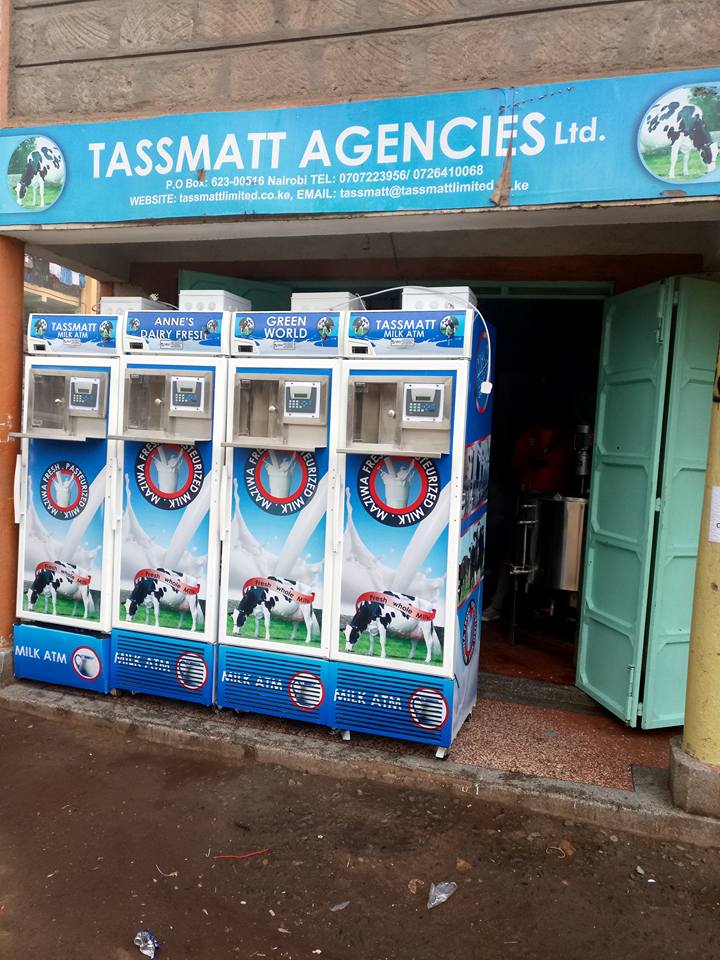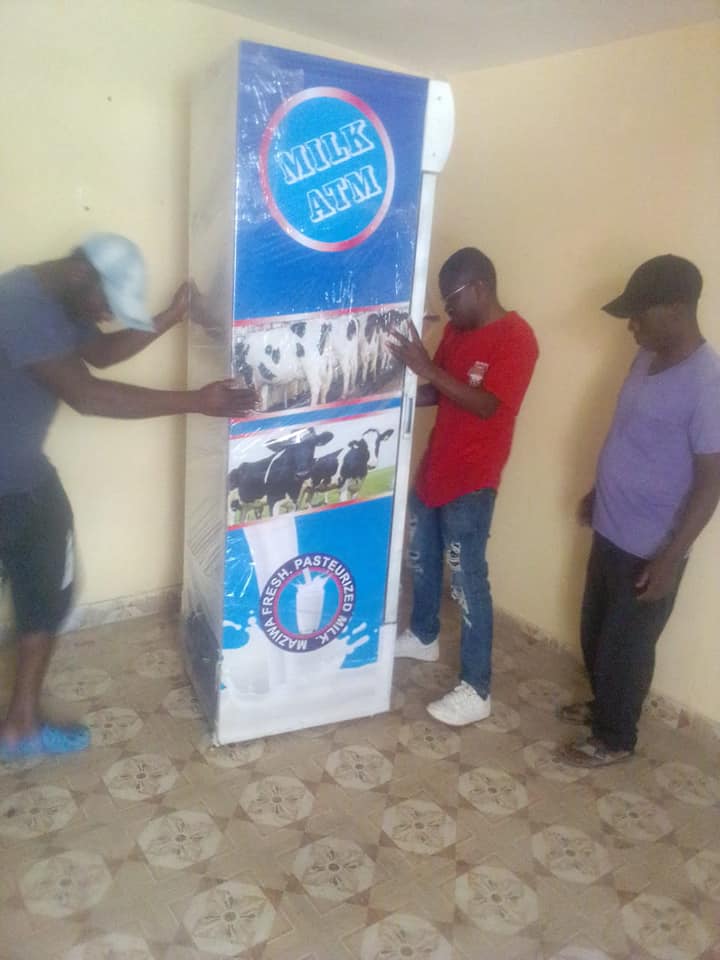Milk ATM Business Plan For A New Investor
To conduct a cost analysis on a milk ATM business in Kenya, we need to consider the various expenses involved in starting and running the business. Here are the key costs to consider:
- Milk ATM machine: The cost of a milk vending machine can range from Ksh. 100,000 to Ksh. 300,000 depending on the size, capacity, and features. A basic model that can hold up to 200 liters of milk can cost around Ksh. 150,000.
- Location: You will need to rent or lease a space to install the milk ATM machine. The cost of rent or lease will depend on the location and size of the space. In some cases, you may be able to negotiate a revenue-sharing agreement with the landlord.
- Licensing and permits: To operate a milk ATM business in Kenya, you will need to obtain a business permit from the county government and a food hygiene certificate from the Ministry of Health. The cost of obtaining these licenses and permits can vary, but it typically ranges from Ksh. 10,000 to Ksh. 20,000.
- Milk supply: The cost of milk will depend on the volume and quality of milk you require. The price of milk can vary depending on the season, but it typically ranges from Ksh. 35 to Ksh. 50 per liter.
- Utilities: You will need to pay for electricity and water to operate the milk ATM machine. The cost of utilities will depend on the consumption and tariff rates in your area.
- Maintenance and repairs: You will need to maintain and repair the milk ATM machine regularly to ensure that it is functioning properly. The cost of maintenance and repairs will depend on the frequency and severity of issues.
- Marketing and advertising: You will need to promote your milk ATM business to attract customers. The cost of marketing and advertising can vary depending on the channels and strategies used.

Based on these costs, we can estimate the total startup cost and monthly expenses for a milk ATM business in Kenya as follows:
Startup costs:
- Milk ATM machine: Ksh. 150,000
- Licensing and permits: Ksh. 20,000
- Rent: Ksh. 15,000
- Initial milk supply: Ksh. 50,000
- Marketing and advertising: Ksh. 10,000
- Total startup cost: Ksh. 245,000
Monthly expenses:
- Milk supply: Ksh. 150,000
- Utilities: Ksh. 5,000
- Maintenance and repairs: Ksh. 5,000
- Rent: Ksh. 15,000
- Marketing and advertising: Ksh. 5,000
- Total monthly expenses: Ksh. 180,000
Assuming an average selling price of Ksh. 50 per liter and a daily sales volume of 200 liters, the monthly revenue for the milk ATM business would be Ksh. 300,000. This would result in a monthly profit of Ksh. 120,000, after deducting the monthly expenses.
Note that the actual costs and revenue for a milk ATM business in Kenya may vary depending on factors such as location, competition, and market demand. It is important to conduct a thorough market analysis and cost analysis before starting a milk ATM business.





